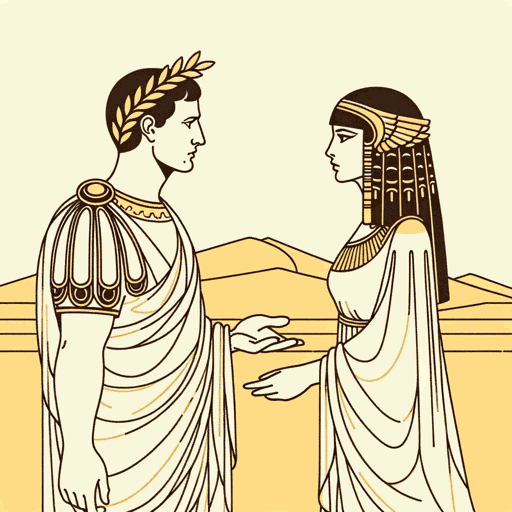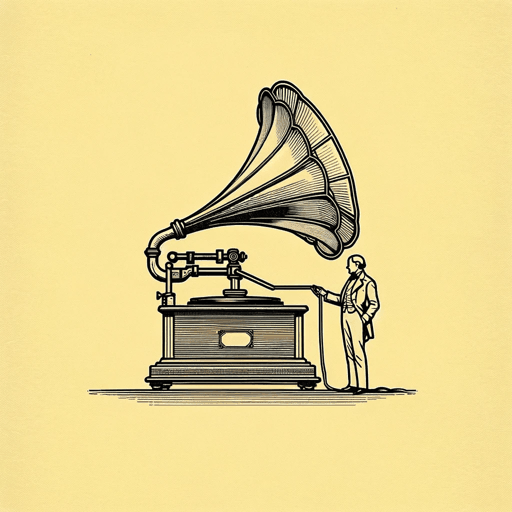64 pages • 2 hours read
George Bernard ShawPygmalion
Fiction | Play | Adult | Published in 1913A modern alternative to SparkNotes and CliffsNotes, SuperSummary offers high-quality Study Guides with detailed chapter summaries and analysis of major themes, characters, and more. For select classroom titles, we also provide Teaching Guides with discussion and quiz questions to prompt student engagement.
Before Reading
Reading Context
Use these questions or activities to help gauge students’ familiarity with and spark their interest in the context of the work, giving them an entry point into the text itself.
Short Answer
1. The title of Shaw’s play is a reference to the Greek myth of Pygmalion. What do you know about the myth of Pygmalion? What happens in the myth? What lessons do you think the myth teaches?
Teaching Suggestion: The myth of Pygmalion is best known from Ovid’s Metamorphoses. In the myth, the sculptor Pygmalion falls in love with a statue of a beautiful woman that he himself had created. Eventually, the goddess of love Aphrodite (or Venus, to the Romans) listens to Pygmalion’s prayers and brings the statue to life. Pygmalion marries the statue-woman, and the two even have a child together. (It is only much later, in Medieval and post-Medieval Europe, that the statue-woman was sometimes given the name Galatea.) Thinking about the literary context behind Shaw’s Pygmalion can help students engage more deeply with the play’s themes.
- This page on The Victorian Web contains an English translation of the story of Pygmalion from Book 10 of Ovid’s Metamorphoses.
- This academic article discusses Shaw’s reinterpretation of the myth of Pygmalion as told by Ovid.
Related Titles
By George Bernard Shaw

Arms and the Man
George Bernard Shaw

Caesar and Cleopatra
George Bernard Shaw

Heartbreak House
George Bernard Shaw

John Bull's Other Island
George Bernard Shaw

Major Barbara
George Bernard Shaw

Man And Superman
George Bernard Shaw

Mrs. Warren's Profession
George Bernard Shaw

Saint Joan
George Bernard Shaw

The Doctor's Dilemma
George Bernard Shaw
Featured Collections
Books that Feature the Theme of...
View Collection
British Literature
View Collection
Class
View Collection
Class
View Collection
Comedies & Satirical Plays
View Collection
Dramatic Plays
View Collection
Nobel Laureates in Literature
View Collection
School Book List Titles
View Collection

